Southern Pochard
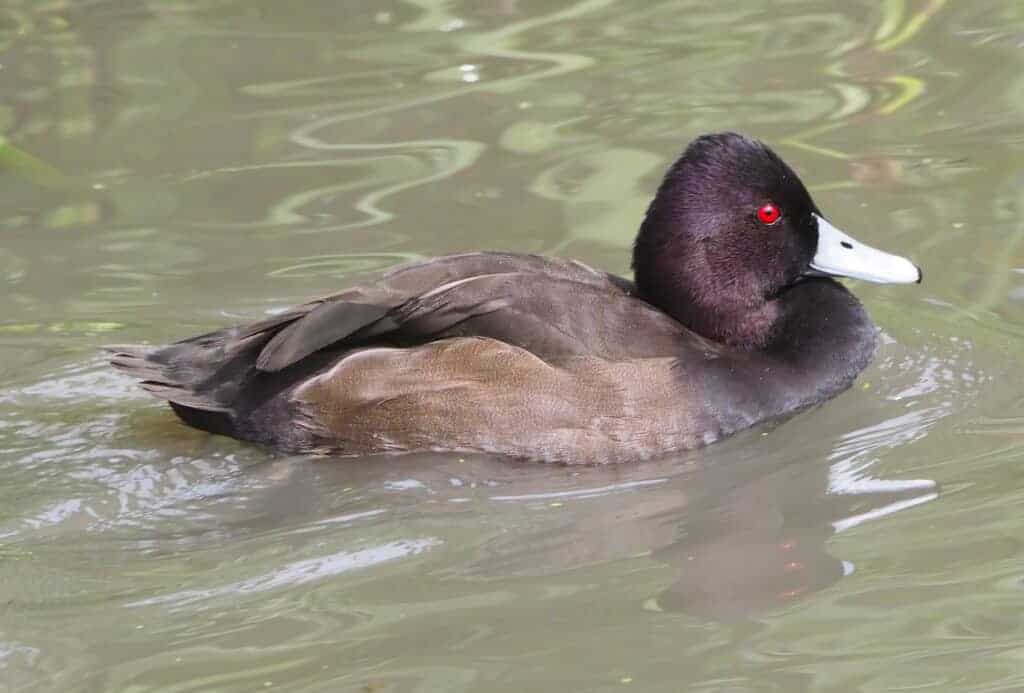
Southern Pochard of the African race (N. e. brunnea) are well-established in collections. The American race (N. e. erythrophthalma) is virtually indistinguishable in appearance, thus separated only by geography.
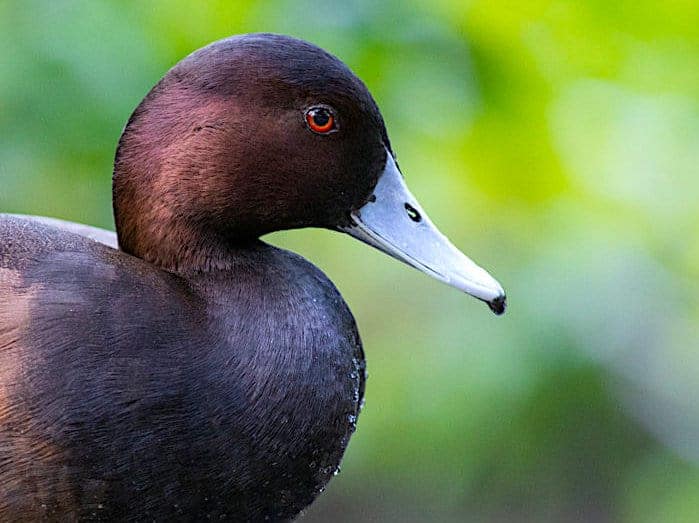
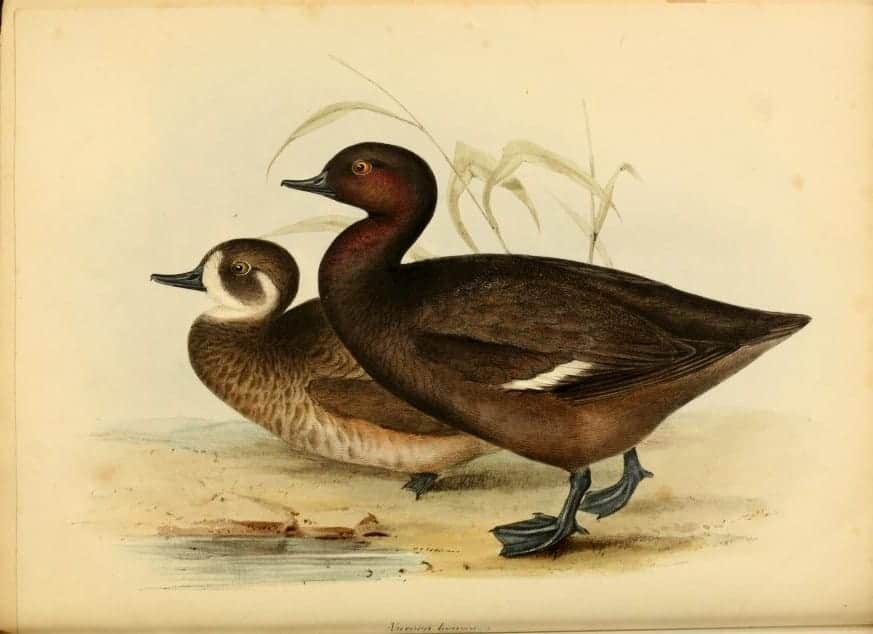
Netta erythrophthalma
The Southern Pochard‘s alternative name is Red-eyed Pochard: only the drake has the distinctive red eye, but it is a feature shared by some of the other pochards. Visibly smaller than its two closest relatives, the Red-crested Pochard Netta rufina and the Rosy-billed Pochard Netta peposaca, this is a common species in sub-Saharan Africa, where it occurs from Ethiopia south to the Cape of Good Hope. Many of the birds perform dry-season movements: in Kenya, for example, peak numbers occur during the northern winter. Non-breeding flocks can be very large, sometimes numbering thousands. This species also occurs in South America (principally eastern Brazil) where it is extremely rare.
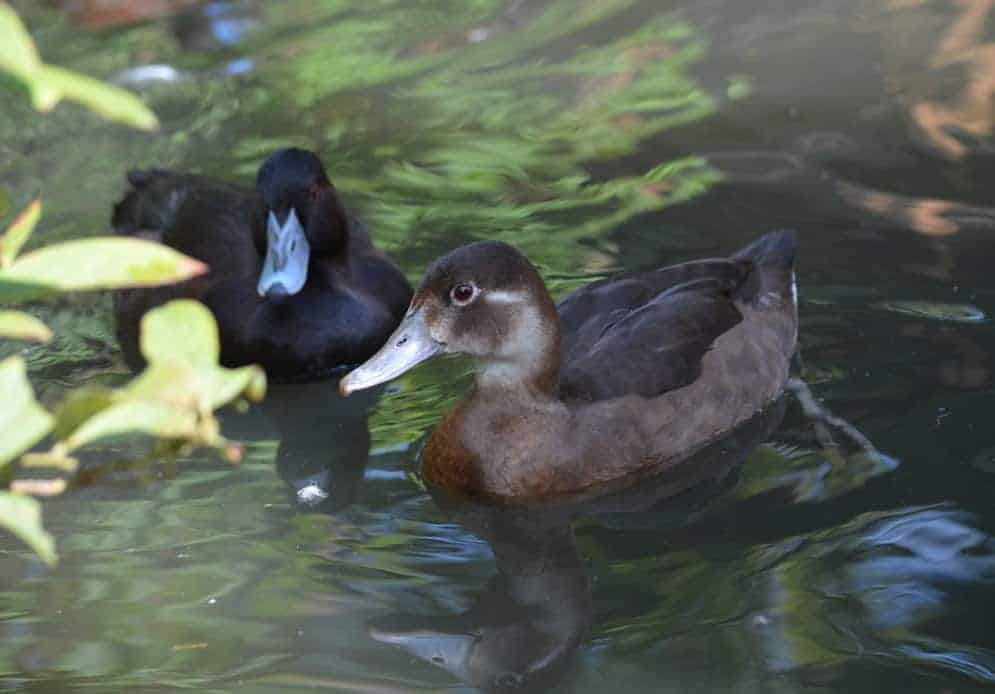
Like the Rosybill, there is no eclipse plumage, the drake retaining his dark chestnut plumage throughout the year. The duck is browner, with a distinctive white bridled face pattern. Like the other Netta pochards, these birds will feed by upending as well as diving, foraging near the edges of emergent shoreline vegetation. They tend to swim low in the water, with head held high, giving a distinctive silhouette.
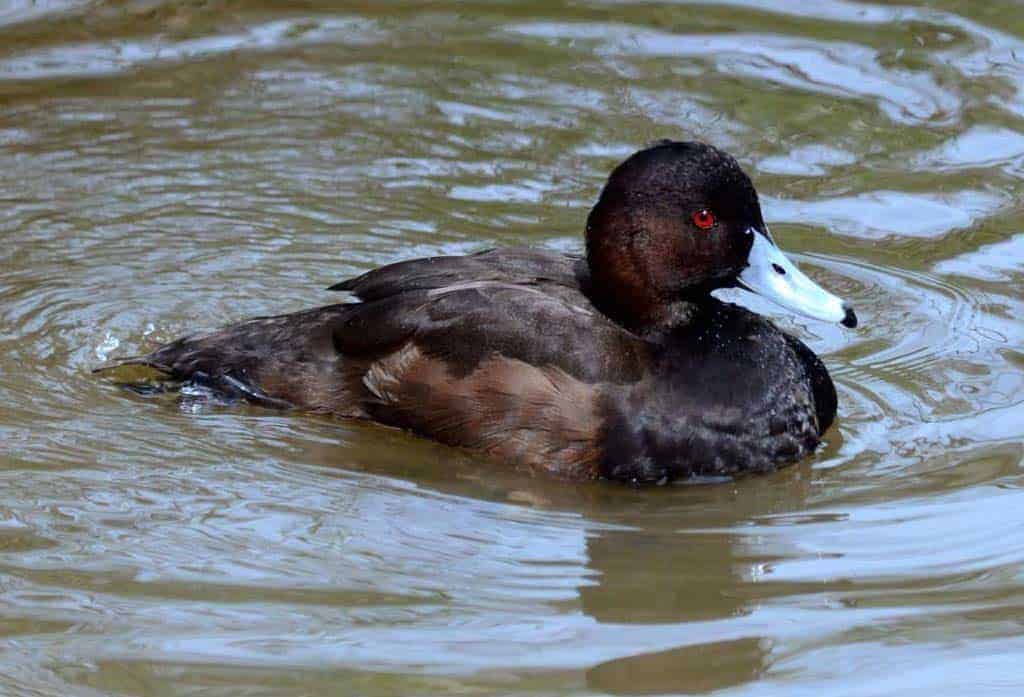
In Africa, laying takes place towards the end of the wet season. The clutch is typically seven to eight rounded, creamy white eggs, with incubation 26 days.
Share this page